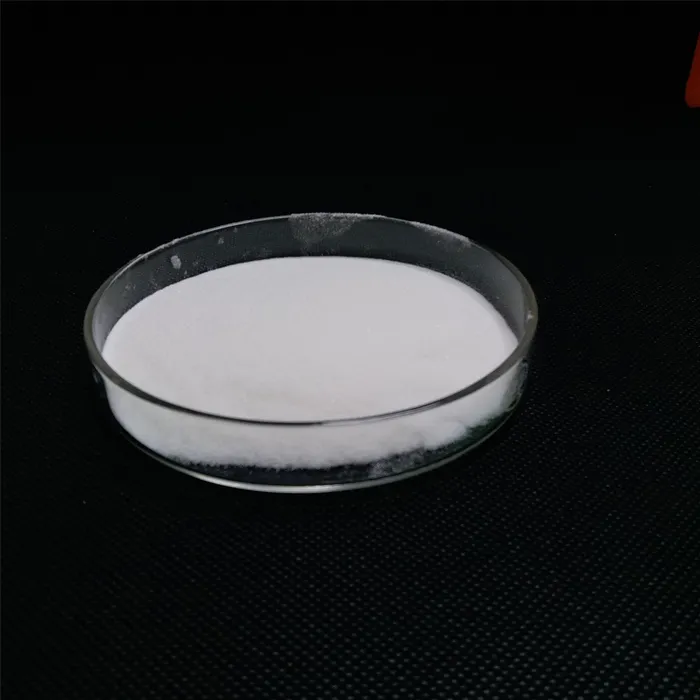Exploring Sulfamic Acid Crystals Properties, Applications, and Safety
Sulfamic acid (H3NSO3), also known as sulfamidic acid, is an inorganic compound recognized for its crystalline structure and unique properties. This article delves into the characteristics, applications, and safety measures associated with sulfamic acid crystals, providing a comprehensive overview of this valuable chemical.
Chemical Properties and Structure
Sulfamic acid is a white, crystalline solid that is highly soluble in water. Its molecular structure consists of a sulfur atom centrally bonded to a nitrogen atom and three oxygen atoms, one of which is bound to a hydrogen atom. The unique arrangement of these atoms gives sulfamic acid its acidic properties, making it a versatile compound in various chemical reactions.
As a sulfonic acid, sulfamic acid exhibits low toxicity compared to other acids and is a stable compound under normal conditions. It has a melting point of approximately 205 °C (401 °F) and decomposes upon heating rather than evaporating, which is a crucial property in processes requiring thermal stability.
Applications of Sulfamic Acid Crystals
Sulfamic acid crystals find extensive applications across multiple industries due to their advantageous properties. One of the primary uses of sulfamic acid is in the cleaning and maintenance of stainless steel surfaces. Its ability to dissolve lime scale and mineral deposits makes it an ideal candidate for descaling agents in industries that utilize heat exchangers, boilers, and other equipment prone to scaling.
In addition to descaling, sulfamic acid is utilized in the production of various chemical compounds such as dyes and pigments. It serves as an essential reagent in organic synthesis, providing a source of the sulfonamide group which is significant in pharmaceuticals. The compound is also used in the manufacture of resin molding compounds and as a dehydrating agent in certain chemical reactions.
sulfamic acid crystals

The agricultural sector also benefits from sulfamic acid, where it serves as a herbicide and a component in fertilizers. Its role in controlling the pH in certain formulations enhances the effectiveness of other chemicals, contributing to agricultural productivity.
Moreover, sulfamic acid's ability to act as a reducing agent makes it useful in electroplating baths and in the synthesis of nanomaterials. Its presence ensures more controlled reactions resulting in higher purity and yield.
Safety Considerations
While sulfamic acid is relatively safe when handled properly, it is crucial to observe appropriate safety measures. Direct contact with sulfamic acid crystals can cause skin and eye irritation, and inhalation of dust can lead to respiratory issues. Therefore, personal protective equipment (PPE) such as gloves, goggles, and respirators should be used when handling this chemical.
Storage conditions are also vital. Sulfamic acid should be kept in a cool, dry place, away from incompatible substances such as strong alkaline materials and oxidizing agents, to prevent potential hazardous reactions. In case of spills, it is advised to neutralize with a weak base and carefully collect the material for disposal, following local regulations.
Conclusion
Sulfamic acid crystals are an invaluable component in various applications, ranging from industrial cleaning agents to agricultural products and chemical synthesis. Their unique properties and relatively safe profile make them a popular choice in many formulations. Understanding the characteristics, benefits, and safety measures related to sulfamic acid is essential for both manufacturers and users, ensuring that this versatile compound continues to be utilized effectively and responsibly across different sectors. As industries evolve and innovate, the role of sulfamic acid is likely to expand, cementing its place as a staple chemical in modern applications.

